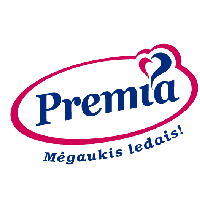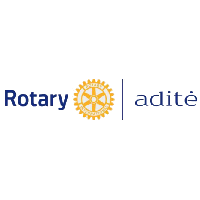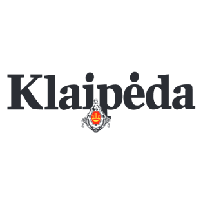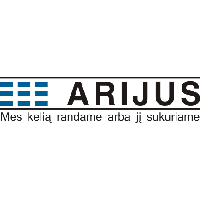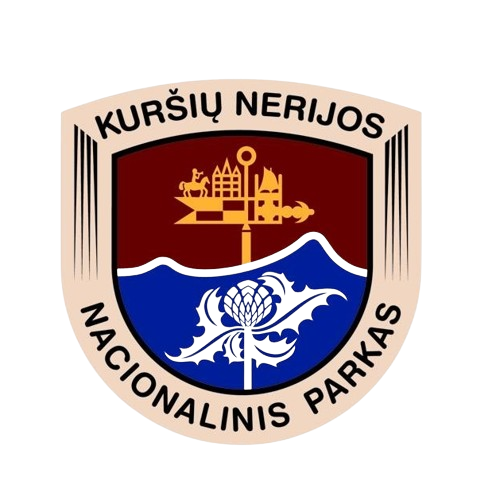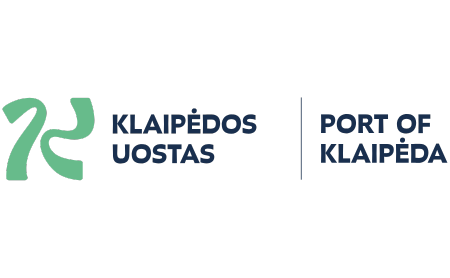In antiquity, the strongest and most reliable anchor was called a sacred anchor because it was the hope of the ship and the crew. The museum has been collecting anchors since 1971. They are unique technical exhibits on the embankment of the Nerija Fort, in the former gun emplacements. Currently, 45 anchors are on display.
Almost all of the exhibits are „sinkers“, recovered from the bottom of the Baltic Sea, the North Sea and the Atlantic Ocean. The oldest anchors are those of sailing ships from the 17th and 18th centuries, which consist of two horns, two tines, a shaft with a ring and an oak pole. The largest is a 2192 kg anchor from the Aegean Sea, forged in the Urals in 1803. It was brought to the Maritime Museum by Juozas Karvelis, a Lithuanian naval captain.
In the 18th and 19th centuries, Klaipėda started to trade in timber. Several hundred sailing ships visited the port every year, and a shipyard for seagoing sailing ships was opened. Wooden ships required a lot of metal fittings, nails, chains and, of course, anchors. The Engel family of blacksmiths was probably the most famous in the town at that time. In 1784, Johann Gottlieb Engel was considered the best anchor smith. He forged anchors not only for sailing ships being built in Klaipėda, but also for the captains of ships coming to Klaipėda and merchants in neighbouring ports. Over time, not only the ships, but also their anchors changed and improved. The museum has many different types of anchors. Anchors used for hydraulic engineering and navigation are known as "death anchors". They capture floating objects that are left on the surface of the water for a long time. Unicorn anchors are used to anchor dredges, pontoons - wherever strong currents prevail. Massive mushroom-shaped anchors hold floating lighthouses, screw anchors hold buoys and buoys. In shallow rivers and lakes, four-pointed anchors are popular for barges, as are „cats“.


